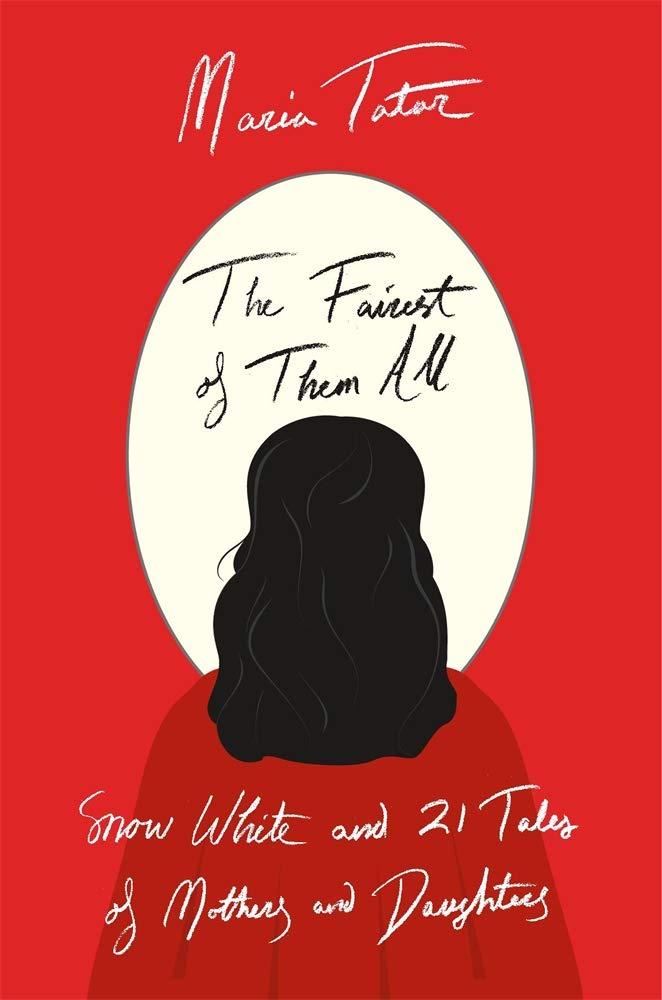


Zipes concludes with a look at contemporary adaptations of the tales and raises questions about authenticity, target audience, and consumerism.

He shows that the Grimms were not the first scholars to turn their attention to folk tales, but were vital in expanding readership and setting the high standards for folk-tale collecting that continue through the current era. Zipes looks at the transformation of the Grimms' tales into children's literature, the Americanization of the tales, the "Grimm" aspects of contemporary tales, and the tales' utopian impulses. As a result, hundreds of thousands of wonderful folk and fairy tales poured into books throughout Europe and have kept coming. Folklorists Jacob and Wilhelm Grimm sought to discover and preserve a rich abundance of stories emanating from an oral tradition, and encouraged friends, colleagues, and strangers to gather and share these tales.

Zipes reveals how the Grimms came to play a pivotal and unusual role in the evolution of Western folklore and in the history of the most significant cultural genre in the world-the fairy tale. In Grimm Legacies, esteemed literary scholar Jack Zipes explores the legacy of the Brothers Grimm in Europe and North America, from the nineteenth century to the present. While we may never be able to fully explain fairy tales, The Irresistible Fairy Tale provides a powerful theory of how and why they evolved-and why we still use them to make meaning of our lives. In making his case, Zipes considers a wide range of fascinating examples, including fairy tales told, collected, and written by women in the nineteenth century Catherine Breillat's film adaptation of Perrault's "Bluebeard" and contemporary fairy-tale drawings, paintings, sculptures, and photographs that critique canonical print versions. Drawing on cognitive science, evolutionary theory, anthropology, psychology, literary theory, and other fields, Zipes presents a nuanced argument about how fairy tales originated in ancient oral cultures, how they evolved through the rise of literary culture and print, and how, in our own time, they continue to change through their adaptation in an ever-growing variety of media. In this book, renowned fairy-tale expert Jack Zipes presents a provocative new theory about why fairy tales were created and retold-and why they became such an indelible and infinitely adaptable part of cultures around the world.


 0 kommentar(er)
0 kommentar(er)
